TEDH and FORMLABS - Monitoring domiciliary rehabilitation
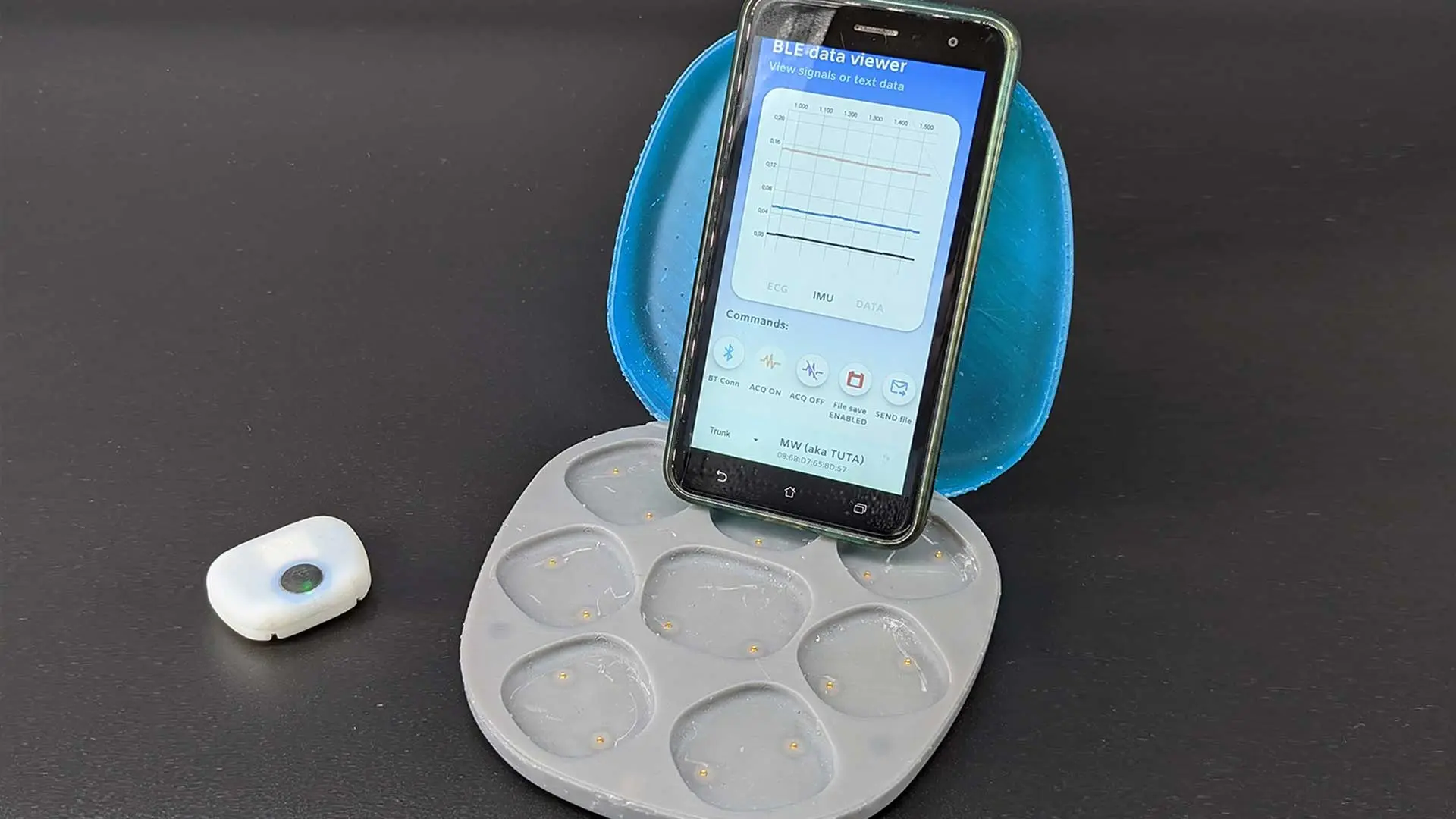
The collaboration between the Department of Design and the company Formlabs has been going on for more than two years.
Paolo Perego, researcher of the TEDH Group - Technology and Design for Healthcare, a competence center of the Department, collaborates with Formlabs as ambassador and speaker in the different training talks that the company organizes, and talks with Formlabs researchers to realize, with the most suitable equipment and materials, the prototypes of the monitoring devices conceived in the research activities.
The activities of the TEDH, and in particular of the Sensibilab laboratory, focus on the development and application of design research to design products, interiors and services in the health and wellness sector. TEDH researchers use a human-centred approach that directly involves people in co-design activities in order to identify problems and seek new solutions and future scenarios.
In this context, starting from the listening and analysis of the needs of patients and their caregivers (relatives but also physiotherapists and doctors), the TUTA project has been developed: a multi-sensor wearable system based on smart fabric, easily wearable and able to monitor rehabilitation both from the motor and cardiorespiratory point of view. The system, composed of up to 14 sensors, is able to transmit data to a smartphone to be then analyzed and evaluated by a specialist.
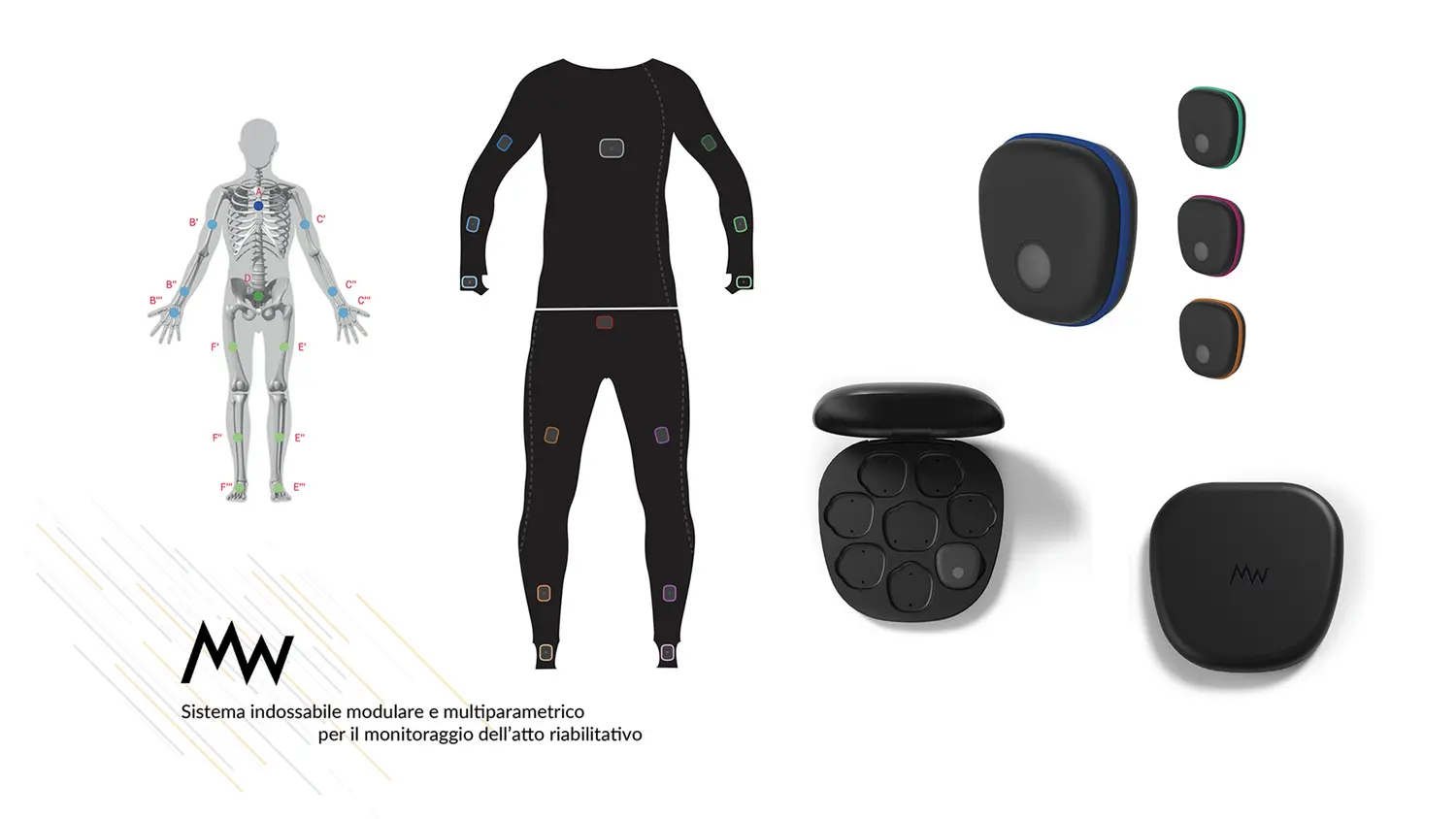
The TUTA project, being designed for patients with physical limitations, required ease of use and wearability and a certain degree of resistance, especially regarding the connection between electronics and tissue.
One of the first challenges the TEDH team faced in the project was the connection between the devices and the fabric, composed of ultra-technical yarns; due to the necessary characteristics, 3D printing was chosen to make the shells to contain the electronics and the placeholders connected to the fabric on which to place the sensors.
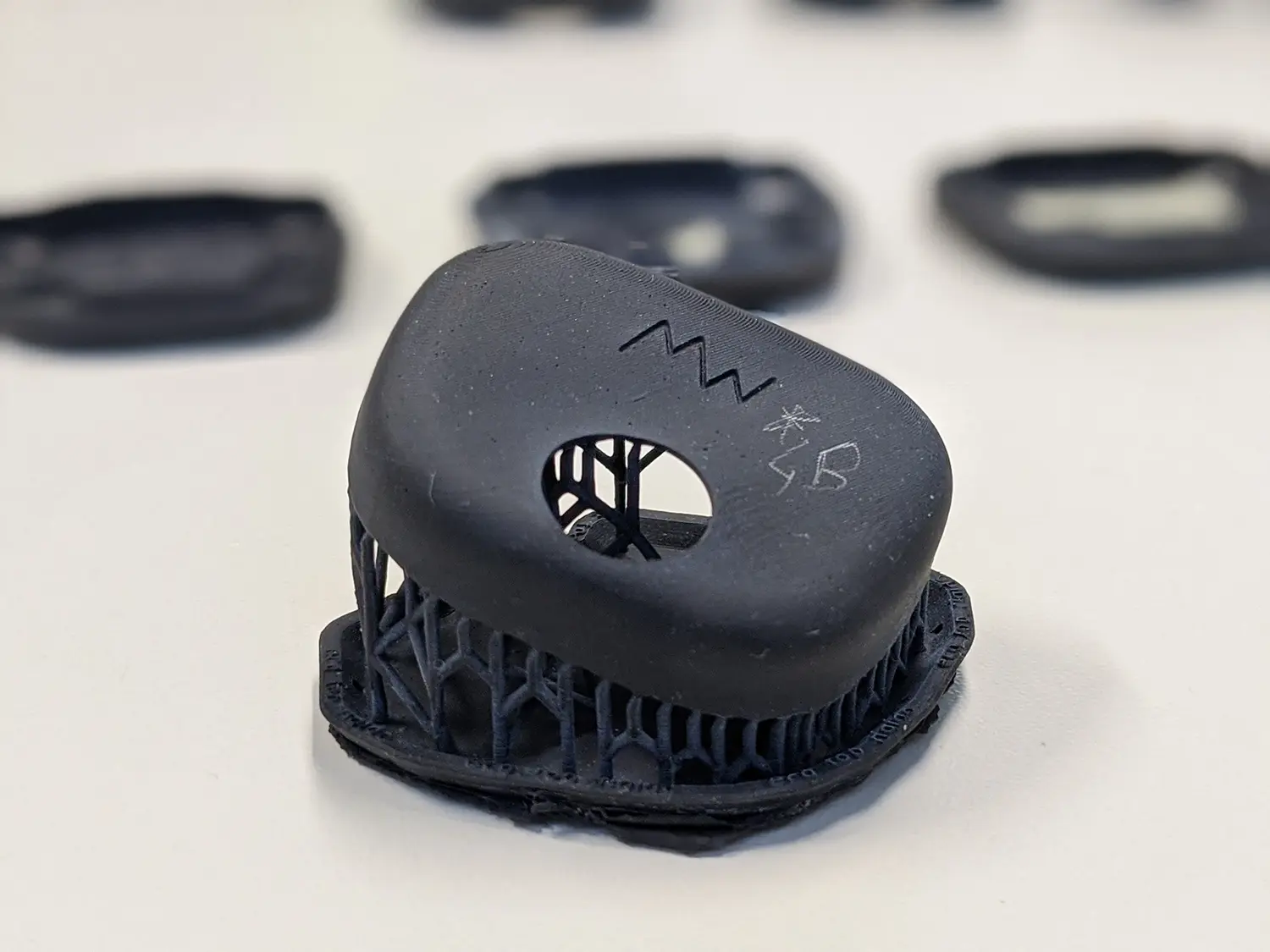
Formlabs stereolithography printers and the many resins available, along with continuous input from users and researchers in the department and the company, allowed them to experiment with different shapes and materials until they found the perfect solution for the shells, the placeholders and the buttons to create a device that combines ease of use, durability and ease of connection.
The development and testing of the first TUTA prototypes resulted in encouraging data, almost similar to inertial systems used in research or optoelectronic systems used for motion capture in animation, but at a fraction of the cost.
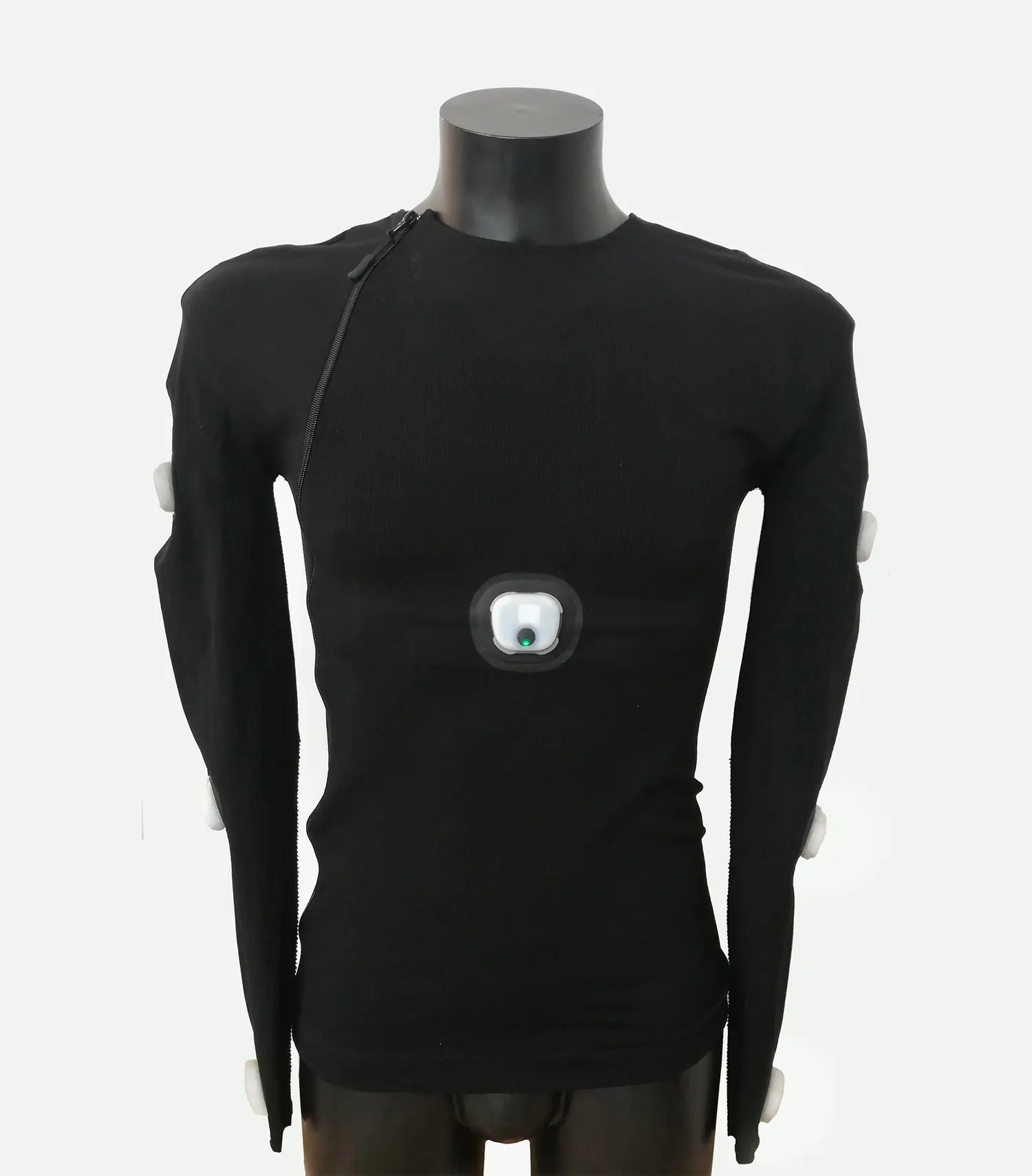
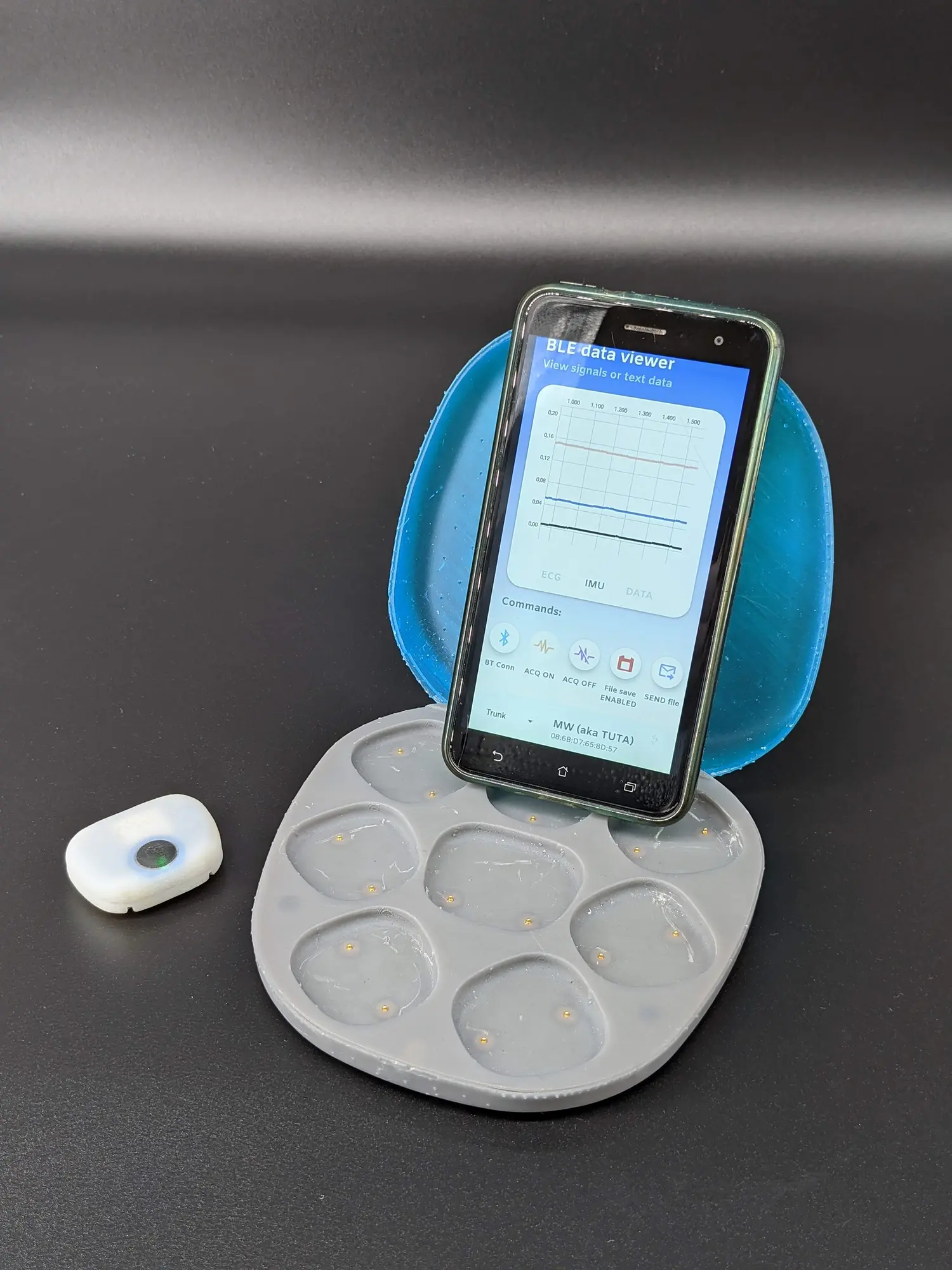
The TEDH group continues with its research activities and, in the future, it will be possible for the patient to check on the mobile phone the exercise suggested and received from the doctor, perform it and finally receive feedback on the correct execution and progress of rehabilitation.
The applications of 3D printing in the field of medicine and rehabilitation are progressively increasing: from orthoses for children with cerebral palsy, to surgical instruments tailored to the patient, to solutions born from the COVID-19 emergency. Formlabs develops a range of high-performance materials and continues its development work in order to support medical and technological research.